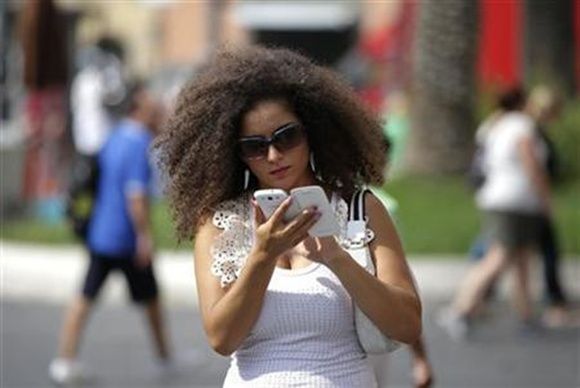Bankers say outward remittances is confusing but can still be attributed to perception of stability in Indian economy.

Indians seem to have suddenly become avid globetrotters, more concerned about close relatives abroad and less worried about spending more to study abroad, even as the countrymen are gifting less.
The Reserve Bank of India (RBI) data on outward remittances show, in 2014-15, Indians spent only about $11 million on travel, $174 million in maintenance of close relatives and $277 million on studies abroad.
Gifts amounted to $403.5 million in the period. The total spending was $1.33 billion through various heads.
Compared with this, till January of FY16, Indians spent $362 million on travelling, $875 million in maintenance of close relatives and $782 million on studies abroad, taking the total spending to $3.02 billion.
 Gifts amounted to $398.88 million in the period.
Gifts amounted to $398.88 million in the period.
According to bankers, the spike in outward remittances is confusing, but can still be attributed to the perception of stability in the Indian economy, after suffering uncertainties since the 2007-08 global credit crises where people cut down on their expenses.
While the spike in outward remittances was definitely under RBI’s lens, as Business Standard reported in October, but the freedom to remit money abroad is a freedom Indians earned just a little over a decade ago.
“Earlier, people had to approach RBI for their foreign currency needs. The permissions would come quickly, but it was not a granted,” said A V Rajwade, a senior currency consultant and columnist.
For example, for business travel abroad, individuals were allowed only $350 a day for a period not exceeding 45 days.
This limit was later raised to $25,000 a person irrespective of the period of stay.
Similarly, for private visits abroad, one could not carry more than $3,000, which was increased to $10,000 a financial year later on.
But for each head, one had to apply to RBI. From 2004, that was not the case even as an individual taking foreign exchange had to file a form to notify RBI.
The liberalisation took place in February 2005 after the central bank introduced the liberalised remittance scheme (LRS) with a cap of $25,000 per year.
Under this scheme, Indians could spend on whatever they wanted, including investment in shares of foreign companies.
The limit is now $250,000 per financial year, effective May 26, 2015.
The individual investment limit was revised down sharply from $200,000 to $75,000 on August 14, 2013, as the rupee was depreciating sharply.
 The local currency eventually touched a record low of Rs 68.87 a dollar.
The local currency eventually touched a record low of Rs 68.87 a dollar.
The cap on remittances and some other restrictions and attracting dollar deposits from abroad stabilised the currency to around 60-62 a dollar later that year.











